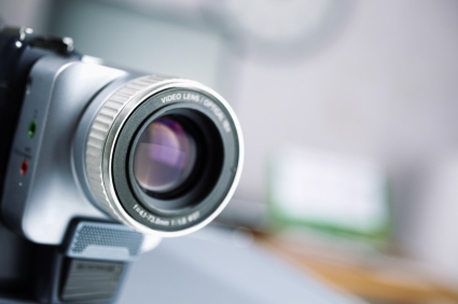Research council commits to two-year ethnographic study of viewing habits

According to the CRE, the research teams will seek to determine how audience measurement needs to evolve to take into account the increased complexity in viewing options and habits. This includes variables by device, usage location, viewing circumstances (such as solitary vs. group viewing), demographics and lifestyle factors.
The studies will encompass viewing via TV sets, PCs/laptops, connected TVs (gaming consoles, smart TVs, set-top-boxes, wi-fi enabled devices), smart phones, tablets, personal gaming devices and DVRs.
Researchers will visit each of the 150 participating households at least once over the course of the project. In many of the homes, researchers will use small fisheye-lens cameras to record behaviour. Participants will also be provided with a video-journal toolkit, which includes software to enable them to record their viewing habits.
“Increasingly, TV shows will be viewed on PCs, tablets and phones, and digital content will be viewed on TVs,” said Cheryl Brink, VP of digital research and analytics at Scripps Networks and chair of the CRE’s Digital Committee.
“The length and depth of viewer engagement are being re-shaped by active choice, social influence, proximity to the screen, device functionality and the availability of related content. The study will help us understand viewer behaviours and motivations and how they are evolving.”

We hope you enjoyed this article.
Research Live is published by MRS.
The Market Research Society (MRS) exists to promote and protect the research sector, showcasing how research delivers impact for businesses and government.
Members of MRS enjoy many benefits including tailoured policy guidance, discounts on training and conferences, and access to member-only content.
For example, there's an archive of winning case studies from over a decade of MRS Awards.
Find out more about the benefits of joining MRS here.













0 Comments